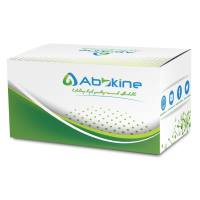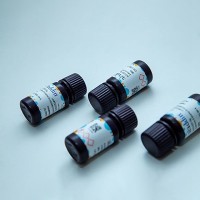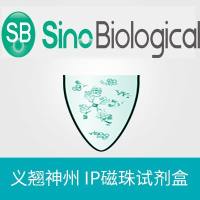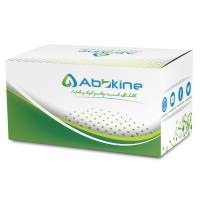Separation of Synthetic (Co)Polymers by Capillary Electrophoresis Techniques
互联网
594
Capillary electrophoresis (CE) is a very efficient tool for separating and characterizing synthetic polymers, copolymers, and polyelectrolytes. Different modes of CE (free solution capillary electrophoresis [FSCE], entangled polymer solution CE [EPSCE], capillary gel electrophoresis [CGE], or micellar electrokinetic chromatography [MEKC]) can be used depending on the characteristics of the polymer solutes (end charged, evenly charged, or uncharged polymers) and on the polymer solute heterogeneities (molecular mass, functionality, chemical composition). To illustrate the potential of CE, four different methods are proposed using either nonaqueous or aqueous electrolytes. The first method describes the separation of synthetic organic polypeptides according to their functionalities and molar masses in a nonaqueous electrolyte. In a second method, polyelectrolyte oligomers are separated by FSCE in aqueous buffer. The third method demonstrates the great potential of EPSCE for the size-based separation of evenly charged polyelectrolytes on a wide range of molar masses. The last method describes a simple two-dimensional approach realized in a single capillary that combines a separation according to the chemical composition (FSCE) with a size-based separation (EPSCE).








